Russia rediscovers Crimea
.jpg)
Driven by a surge in patriotic sentiment, many Russians are choosing Crimea as their holiday destination this year. However, transportation issues are hampering the growth of the tourist flow. Railway transportation through Ukraine being unavailable, air travel took the brunt of the tourist load. But, despite as many as 33 Russian cities offering subsidized flights to Simferopol and the launch of a low-cost airline Dobrolet, there is still a shortage of inexpensive air tickets.
According to Boris Zelinsky, President of Tour operator association of Crimea and Sevastopol, Crimea's future looked quite bleak when it was a part of Ukraine: there were no investments in the tourist infrastructure, and travel business was nearly half dead. "However, now we are seeing large-scale target financing coming in from Russia, which, we expect, will jumpstart tourism in the region," he said.
Currently, there are over 4.5 thousand inns and about 800 health holiday facilities on the peninsula, 170 of which have become republican property.
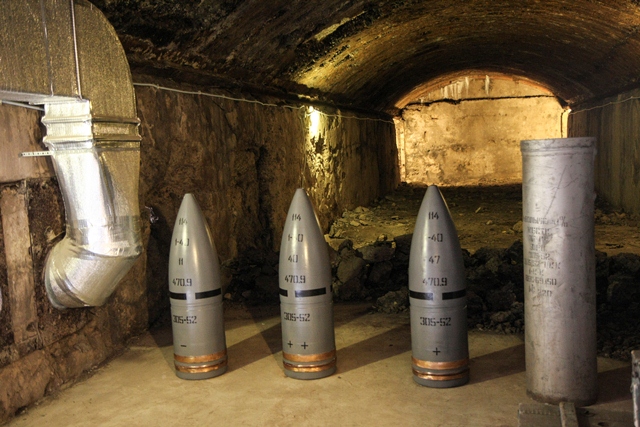
"About 40% of accommodation facilities are 4-5* hotels. Among them are Palmira Palace, Oreanda, villa Yelena, spa hotel “Sosnovaya Roscha” (Pine Grove) in Big Yalta and hotel Europe in Partenit. However, many of these facilities need renovation," says Yelena Yurchenko, resorts and tourism minister of Crimea.
For instance, once luxurious spa hotels such as Dulber and Faros are in quite a dire state, and the same can be said about Artek children's center. The Russian government has already allocated 900 million rubles to improve the situation. In early June there were 3 out of 9 camps functioning in Artek. If the remaining ones are fixed, 1.8 thousand children per session will be able to come there. As for the camps Mandarin, Kakadu and i&Camp, which are located in Yevpatoriya and Peschanoye, they are in good order and enjoy very high demand.
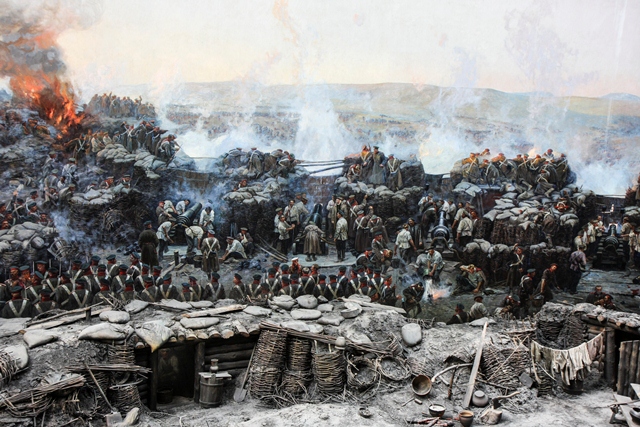
According to Olga Golodets, Deputy Prime Minister for Social Affairs of the Russian government, this summer the Government will pay for about 130 thousand Russian children to go on a holiday to Crimea's and Sevastopol's health resorts.
Sevastopol – a monument to Russia’s glory
The media tour’s route included Hero City Sevastopol. More than other cities, it epitomizes the modern history of Crimea.
According to Natalya Kolomina, Head of Sevastopol's Office for tourism and regional relations, Sevastopol is a tourist city first and a resort - second. Event tourism, offering year-round holiday options, is the most popular kind of tourism. Last year Sevastopol was visited by 1.5 million tourists, half of whom were Russians. The capacity of the city's accommodation facilities is 25 thousand tourists.
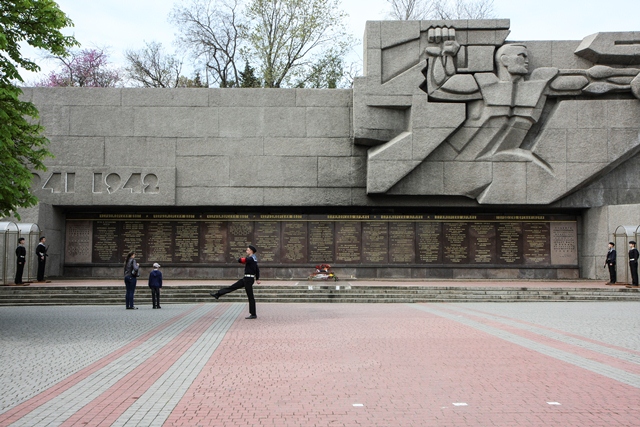
“Sevastopol holds the grandest celebrations of Victory Day and Navy Day out of all Crimea’s cities. We organize a lot of different festivals: “War and Peace”, “Balaklava Holidays” bard song festival, yacht festival,” she said.
There are many monuments in the city that commemorate enemy invasions to Crimea and the heroism of Russian soldiers. Sevastopol survived two sieges. During the Crimean War of 1853-1855, the city was surrounded by the forces of France, England, Turkey and the Kingdom of Sardinia. The siege lasted 349 days. The story of this event is told in a painted panorama “Siege of Sevastopol (1854–1855)” by Franz Roubaud, a professor of St. Petersburg’s Imperial Academy of Arts. It depicts the battle at the Malakoff redoubt, and its dimensions are 115x14 meters.
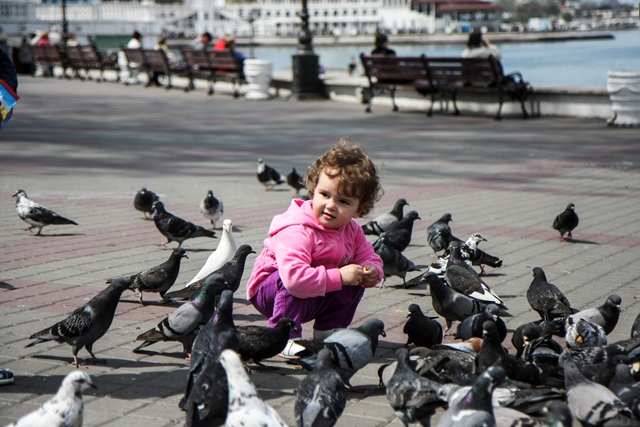
Bombings of Sevastopol during the Great Patriotic War left the canvas severely damaged, with only its fragments surviving till this day, which are now stored in a museum. However, the panorama was recreated by Soviet painters, and it was unveiled to the public on the 100th anniversary of the first siege of Sevastopol, on October 16, 1954.
During the Great Patriotic War, Crimea saw many a fierce battle. Sevastopol became the focal point of the fighting. Germans sieged the city for 249 days. 35th Coastal Battery played a key role in defending the city, and today it has been turned into a historical and memorial complex.
This complex was built thanks to private donations. The main investor was Tavrida Electric industrial group, the CEO of which was Aleksey Chaly, “people’s mayor” of Sevastopol. The group continues to support the museum. The construction was finished in 2012, and the first excursions were organized in 2008. Starting last year they also became available in English and Spanish, and this summer season German will be added to the list.
In 2012 the museum was visited by 104 thousand people, and in 2013 – by 118 thousand. The admission to the museum is free, as decided by the Supervisory Board of the museum complex. “Memories are not for sale,” say the museum’s employees.
Alushta’s plans
In Alushta we were greeted by local mayor Stanislav Kolota. During a brief press-conference near a dolphinarium he said that Big Alushta could accommodate 24 thousand tourists, or double this number if we include the private sector. Last year the city was visited by 300 thousand tourists (25% of all the population of Alushta municipality). The total inbound tourist flow of the region was about a million people.
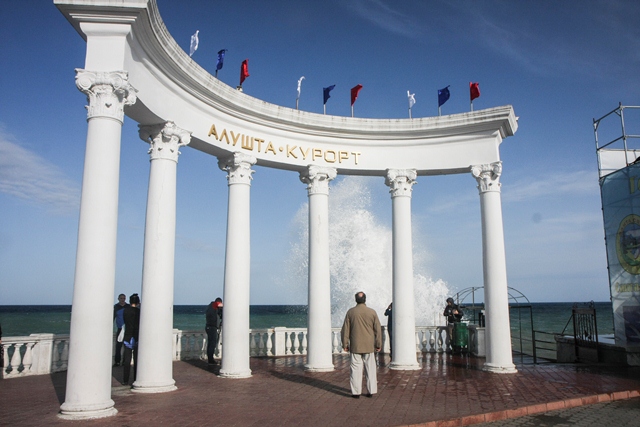
”We are going to do our best to uphold this result this season,” said the mayor. “Right now we are working on expanding the boundaries of a resort season, and a number of health resorts are working all year round; there are also opportunities for holding business events. We also publish “guest maps”, which contain conclusive information on the services that are offered in Alushta.”
According to Stanislav Kolota, there are prestigious 4-5* hotels in Alushta, as well as spa hotels that have not seen repairs in decades. Last year about $200m was invested in the city’s infrastructure, with the principal investors hailing from Russia.
Palaces and tears of Bakhchysarai
Crimea, with its large number of historical and architectural monuments, is a perfect place for excursion tourism. Excursion programmes are offered by Crimeatourburo, Southern Tour and Kurort. Crimeatourburo offers “Crimea’s Christian relics”, “Dedicated to the 400th anniversary of the Romanov dynasty”, “Aristocratic mansions of the South Coast”, “Sun in a glass” and “Romantic Koktebel”.
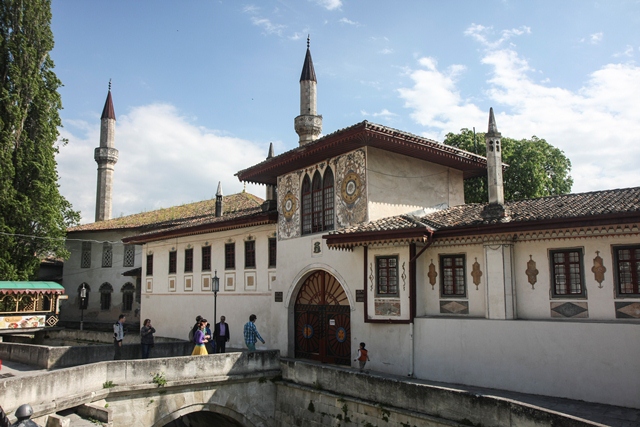
According to Irina Polyanskaya, the company’s CEO, excursion tours enjoy the biggest demand during spring and autumn, because in summer tourists prefer to spend holidays at sea.
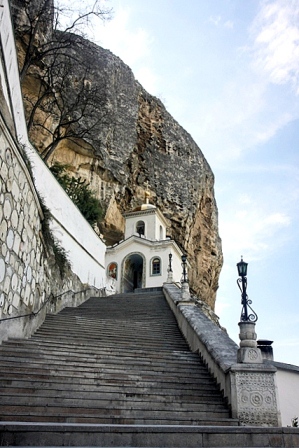 Southern Tour offers over 30 historical and cultural tours. Among them are “Antique and medieval heritage of Crimea”, “Romanovs and Crimea”, “Crimean war”, “Hero cities of Crimea”, “Classics of world literature in Crimea”. The most popular tour is “Crimean classics”, which includes the most famous sights in Yalta, Sevastopol and Bakhchysarai.
Southern Tour offers over 30 historical and cultural tours. Among them are “Antique and medieval heritage of Crimea”, “Romanovs and Crimea”, “Crimean war”, “Hero cities of Crimea”, “Classics of world literature in Crimea”. The most popular tour is “Crimean classics”, which includes the most famous sights in Yalta, Sevastopol and Bakhchysarai.
Bakhchysarai is one of Crimea’s jewels, a place that is densely populated by Crimean Tatars. During the medieval ages it was the capital of the Crimean Khanate. Tourists come here to take a look at the Khan's Palace – the only sample of Crimean Tatars’ architecture in the world. The palace complex was built in the early 16th century and got burned down in 1736 by the Russian army led by field marshal Münnich. Later it was fully restored by Tatars, and after Bakhchysarai was joined to Russia, the palace was rebuilt multiple times.
In addition to the Khan’s Palace, the Bakhchysarai historical and architectural museum contains Chufut-Kale cave city, located on a steep rock, which made it virtually unassailable. The city is presumed to have been built by Alans between the 5th and 10th centuries.
One and a half kilometers from Chufut-Kale there is the Assumption Monastery of the Caves. It is believed to have been founded in the 8th or 9th century by Christians fleeing persecution by the Byzantine Empire. At first they hid in natural karst caves, which they then proceeded to expand; they cut out cells in rocks, built houses and church buildings near mountains. The Church of the Assumption towered above the other buildings, with high stone stairs leading up to it. The monastery was closed in the 1920s, only to open its doors again in 1993.
Brand and competitiveness
Experts believe that health tourism in Crimea has vast potential. According to Oleg Fesenko, CMO of Yalta hotel Palmira Palace, Crimea has an established share on the international market in this tourism segment, but it lacks an effective marketing policy. In order to compete successfully, the peninsula needs attractive brands.
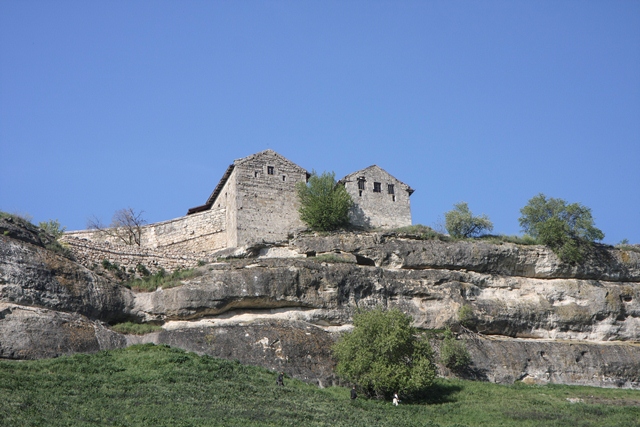
"About 80% of people employed in the hospitality industry in Crimea are not Crimean. Locals are reluctant to work in services because they consider this kind of work humiliating," he said.
Fesenko says that health tourism needs to be complemented by entertainment. People want to get both treated and entertained. In order to attract Russian tourists, it is necessary to learn to work in new conditions, study the Russian market and access the Russian professional community.


.jpg)
.jpg)
.jpg)
.jpg)